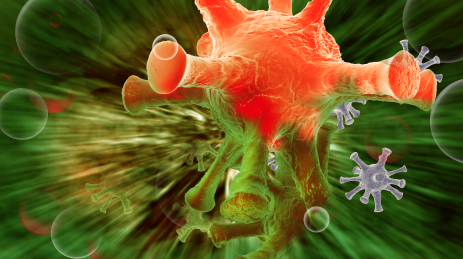 Microorganisms; they are the most abundant form of life. They are all around us, silent, unseen and undetected. The number of ‘species’ of archaea and bacteria climbs every year and is predicted to rise well past one million (1). Despite their abundance, we know very little about all but a small fraction of these diverse cellular life forms because we are unable to cultivate most in a laboratory setting. In fact, 88% of all our microbial isolates belong to just four bacterial phyla (Proteobacteria, Firmicutes, Actinobacteria and Bacterioidetes; 2). The remaining branches of the microbial phylogenetic tree range from underrepresented to virtually unknown and are collectively referred to as “microbial dark matter”.
Microorganisms; they are the most abundant form of life. They are all around us, silent, unseen and undetected. The number of ‘species’ of archaea and bacteria climbs every year and is predicted to rise well past one million (1). Despite their abundance, we know very little about all but a small fraction of these diverse cellular life forms because we are unable to cultivate most in a laboratory setting. In fact, 88% of all our microbial isolates belong to just four bacterial phyla (Proteobacteria, Firmicutes, Actinobacteria and Bacterioidetes; 2). The remaining branches of the microbial phylogenetic tree range from underrepresented to virtually unknown and are collectively referred to as “microbial dark matter”.
If you want to target those shadowy, ill-defined branches where exotic and underrepresented organisms belong, you go to environments that might harbor them. Towards this end, Christian Rinke and a large coalition of co-authors collected samples from a wide and varied choice of habitats including the South Atlantic tropical gyre, the Homestake Mine in South Dakota, the Great Boiling Spring in Nevada, the sediment at the bottom of the Etoliko Lagoon in Greece and even a bioreactor. Continue reading “The Power of One: Revealing Microbial Dark Matter Using Single-Cell Sequencing”
